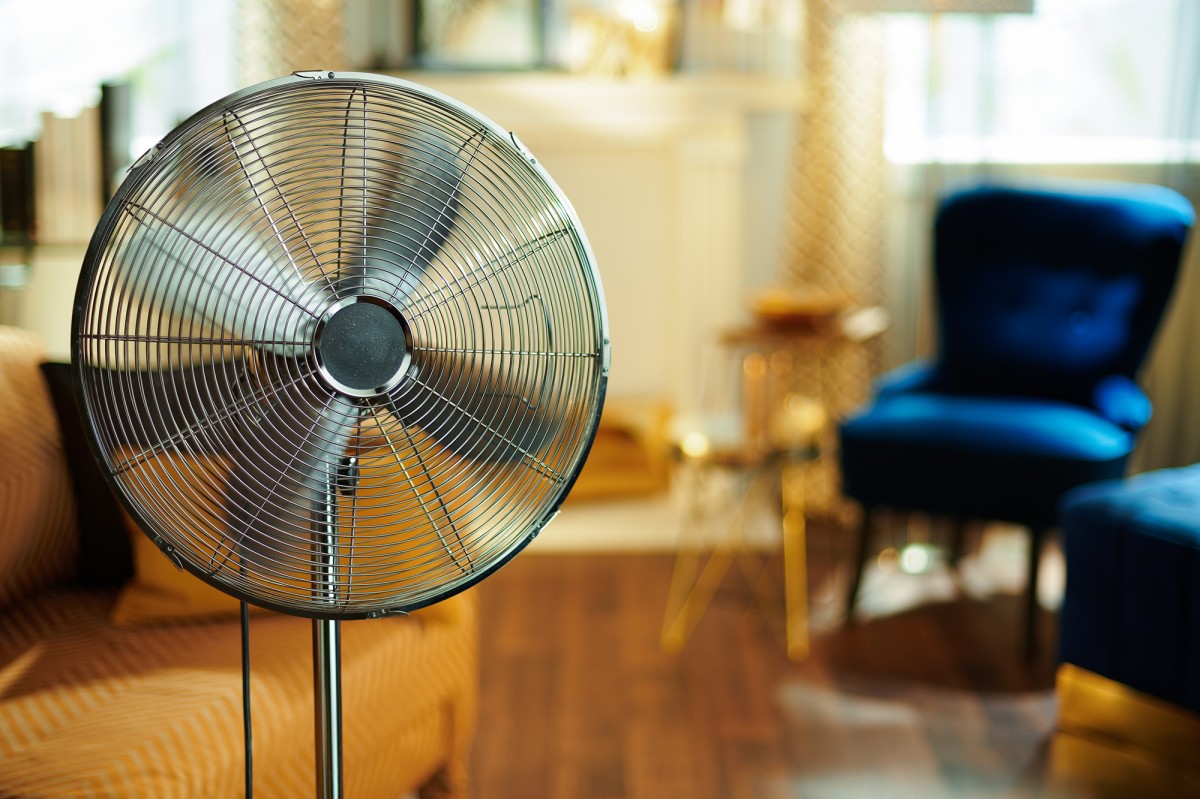

Articles
What Uses More Electricity AC Or Fan
Modified: February 26, 2024
Read informative articles comparing the electricity usage of AC and fans. Save energy and make the right choice for your cooling needs.
(Many of the links in this article redirect to a specific reviewed product. Your purchase of these products through affiliate links helps to generate commission for Storables.com, at no extra cost. Learn more)
Introduction
When it comes to keeping cool during hot summer months, the two most common options that come to mind are air conditioning (AC) units and fans. Both are effective in providing relief from the heat, but have different ways of achieving it.
While fans have been around for centuries, AC units are a relatively newer invention. AC units work by cooling and dehumidifying the air, whereas fans simply circulate the air, creating a breeze that can make you feel cooler. This difference in functionality raises the question: which one uses more electricity, the AC or the fan?
In this article, we will delve into the power consumption of both AC units and fans, and compare their electricity usage. We will also explore the factors that can affect their power consumption, and discuss the energy efficiency of both options. By the end, you will have a better understanding of the electricity usage of AC units and fans, and be able to make a more informed decision when it comes to choosing between the two.
Key Takeaways:
- AC units consume more electricity than fans due to their cooling and dehumidifying capabilities. Consider using fans strategically alongside AC units to reduce overall energy consumption while maintaining comfort.
- When choosing between AC units and fans, factors such as budget, cooling needs, energy efficiency goals, space, noise levels, maintenance, and climate should be carefully considered to make an informed decision.
Read more: What Uses More Electricity Ac Or Fan
Definition of AC and Fan
To better understand the power consumption of AC units and fans, let’s start by defining these two cooling devices.
An air conditioning unit, commonly known as AC, is a system that cools the air and controls the temperature and humidity of a space. It works by extracting warm air from indoors, cooling it through a refrigeration process, and then blowing the cooled air back into the room. AC units are typically installed in windows, walls, or as a centralized system that serves an entire building. They come in various sizes and types, including window units, split systems, and ducted systems. AC units offer precise temperature control and can provide a comfortable indoor environment even in extremely hot weather.
A fan, on the other hand, is a simple device that moves air by creating a breeze. It consists of rotating blades that push the air forward, producing a cooling effect on the skin. Fans can be portable or ceiling-mounted, and they come in different sizes and styles, including pedestal fans, desk fans, and tower fans. While fans do not technically cool the air, they create a perceived cooling effect by evaporating moisture from the skin, helping to lower body temperature and make the environment more comfortable.
Now that we have a clear understanding of what an AC unit and a fan are, let’s move on to exploring their power consumption.
Power Consumption of AC
When it comes to power consumption, air conditioning units generally consume more electricity compared to fans. The exact power consumption of an AC unit can vary depending on several factors, including its size, efficiency, cooling capacity, and runtime.
The power consumption of an AC unit is typically measured in terms of its cooling capacity, which is expressed in British Thermal Units (BTUs) or Ton. A BTU is the amount of energy required to cool or heat one pound of water by one degree Fahrenheit. The higher the BTU rating of an AC unit, the more powerful it is and the more electricity it will consume.
In general, smaller AC units with lower BTU ratings consume less electricity compared to larger ones. For example, a window unit with a cooling capacity of 5,000 BTU will consume less electricity than a central AC system with a cooling capacity of 20,000 BTU. However, it’s important to note that the size of the space you want to cool is also a crucial factor in determining the appropriate BTU rating of the AC unit. Choosing an undersized AC unit may result in inefficient cooling, while an oversized unit can lead to excessive energy consumption.
Aside from the BTU rating, the energy efficiency of an AC unit also plays a significant role in its power consumption. AC units are assigned an energy efficiency ratio (EER) or a seasonal energy efficiency ratio (SEER) rating. These ratings indicate the cooling output in relation to the electrical input. The higher the EER or SEER rating, the more energy-efficient the AC unit is, resulting in lower power consumption.
Furthermore, the runtime of the AC unit can substantially impact its power consumption. The longer an AC unit operates, the more electricity it will consume. Some AC units offer programmable timers or advanced features that allow users to set specific operating schedules, minimizing energy waste when the space is unoccupied.
It’s worth noting that modern AC units often come with energy-saving features such as smart thermostats, variable speed compressors, and energy-efficient cooling modes. These features help optimize energy consumption and reduce the overall cost of running an AC unit.
Now that we have covered the power consumption of AC units, let’s move on to discussing the power consumption of fans.
Power Consumption of Fan
When it comes to power consumption, fans are generally much more energy-efficient compared to air conditioning units. Fans consume significantly less electricity, making them a more cost-effective option for cooling purposes.
The power consumption of a fan is typically measured in terms of its wattage. The wattage rating indicates the amount of electrical power the fan consumes while in operation. The wattage can vary depending on the size, type, and speed settings of the fan.
In general, smaller fans with lower speeds consume less electricity compared to larger fans or those with multiple speed settings. For example, a small desk fan operating at low speed may have a wattage rating of around 15-20 watts, while a larger pedestal fan with multiple speed settings may consume around 60-75 watts on its highest setting.
It’s important to note that different types of fans have varying power consumption. Ceiling fans, for instance, tend to have higher wattage ratings compared to portable fans due to their larger size and higher rotational speed. However, even the most power-hungry ceiling fans consume considerably less electricity compared to air conditioning units.
Another factor that can influence the power consumption of a fan is the use of additional features, such as oscillation or built-in LED lights. These extra features may slightly increase the wattage rating of the fan, but the impact on overall power consumption is generally minimal.
One advantage of fans when it comes to power consumption is their ability to provide localized cooling. Unlike AC units that cool the entire space, fans only provide direct cooling to the area in their immediate vicinity. This targeted cooling helps to minimize energy waste as fans do not need to cool the entire room or building.
In addition to their lower power consumption, fans also offer the advantage of being more versatile. They can be used in various settings, including homes, offices, and outdoor spaces, making them a flexible cooling solution for different environments.
Now that we have discussed the power consumption of fans, let’s explore the factors that can affect the power consumption of both AC units and fans.
Factors Affecting Power Consumption
Both air conditioning units and fans have certain factors that can affect their power consumption. Understanding these factors can help you make informed decisions about which cooling option may be more energy-efficient for your specific needs. Here are some key factors that can impact the power consumption of AC units and fans:
1. Size and Cooling Capacity: The size and cooling capacity of an AC unit directly affect its power consumption. Larger units with higher cooling capacities will typically consume more electricity. Similarly, larger fans may have a higher wattage rating compared to smaller ones.
2. Efficiency Rating: The energy efficiency rating of an AC unit, such as EER or SEER, plays a crucial role in its power consumption. AC units with higher energy efficiency ratings will use less electricity while delivering the same amount of cooling. For fans, energy efficiency is generally not expressed in specific ratings but can be inferred based on their wattage and airflow output.
3. Temperature Settings: The temperature setting on an AC unit can significantly impact its power consumption. Lower temperature settings will consume more electricity as the unit works harder to achieve and maintain the desired temperature. Similarly, high-speed settings on fans may consume more power compared to lower speed settings.
4. Operating Time: The duration of operation is a critical factor affecting power consumption. The longer an AC unit or fan runs, the more electricity it will consume. Using programmable timers or turning off the devices when they are not needed can help minimize power consumption.
5. Insulation and Ventilation: The insulation and ventilation of the space being cooled can impact the efficiency of an AC unit. A well-insulated and properly ventilated room will require less energy to maintain desired temperatures. Similarly, using fans in well-ventilated areas can enhance their cooling effectiveness and reduce the need for higher fan speeds.
6. Climate and Environment: The climate and environmental conditions in your area can affect the power consumption of cooling devices. Extremely hot climates may require AC units to run for longer periods, increasing their electricity usage. Humidity levels can also impact the efficiency of AC units, as dehumidification requires additional energy.
7. Usage Patterns: How you use your AC unit or fan can have an impact on power consumption. For example, setting the AC unit at a moderate temperature and using fans alongside it can help lower the workload on the AC unit and potentially reduce energy consumption.
By considering these factors, you can optimize the power consumption of both your AC unit and fan, helping you save energy and reduce costs. Now, let’s compare the electricity usage of AC units and fans.
Using an air conditioner generally uses more electricity than using a fan. Fans only circulate air, while AC units use electricity to cool and circulate air. Consider using a fan instead of AC to save on electricity costs.
Read more: What Uses More Gas Windows Or AC
Comparison of Electricity Usage
When comparing the electricity usage of air conditioning units and fans, it is important to consider their power consumption in different scenarios and settings. Generally, AC units consume more electricity compared to fans due to their cooling mechanisms and ability to regulate temperature and humidity. Let’s explore the electricity usage of each option:
Air Conditioning Units:
AC units are known for their higher power consumption. Their electricity usage depends on factors such as size, cooling capacity, efficiency rating, temperature settings, and operating time. On average, a window-mounted AC unit can consume anywhere from 500 to 1500 watts per hour, while a central AC system may consume several thousand watts per hour. The energy consumption is influenced by factors such as room size, outdoor temperature, insulation, and the desired indoor temperature. It’s worth noting that newer AC units come with energy-efficient features that can help reduce their electricity usage.
Fans:
Fans, on the other hand, are much more energy-efficient compared to AC units. The power consumption of fans is typically measured in watts and depends on factors such as size, speed settings, and additional features. On average, a portable fan may consume around 20 to 100 watts per hour, while a ceiling fan may consume between 10 to 50 watts per hour. Fans provide localized cooling and do not regulate temperature or dehumidify the air, which contributes to their lower electricity usage. Utilizing fans in conjunction with an AC unit can help distribute cool air more efficiently, allowing you to potentially set the temperature higher on the AC unit and rely more on fans, resulting in overall lower energy consumption.
It’s important to note that the actual electricity usage can vary based on personal preferences, climate, and usage patterns. The efficiency of both AC units and fans can also be influenced by regular maintenance, such as cleaning filters or ensuring proper air circulation.
In summary, air conditioning units consume more electricity compared to fans due to their advanced cooling features and temperature regulation capabilities. However, using fans as a supplement to AC units can help reduce overall energy consumption by allowing you to adjust the AC temperature higher while maintaining comfort through the airflow provided by fans.
Now, let’s explore the energy efficiency aspect of AC units and fans to further understand their environmental impact.
Energy Efficiency of AC and Fan
When it comes to energy efficiency, there is a notable difference between air conditioning units and fans. While fans have a reputation for being more energy-efficient, advancements in technology have led to more energy-efficient AC units as well. Let’s delve into the energy efficiency factors of both options:
Air Conditioning Units:
AC units have made significant strides in energy efficiency in recent years. Energy-efficient AC units are designed to provide the same level of cooling while consuming less electricity. The energy efficiency of AC units is indicated by their Energy Efficiency Ratio (EER) or Seasonal Energy Efficiency Ratio (SEER) ratings. The higher the EER or SEER rating, the more efficient the AC unit is and the lower its electricity usage. Look for AC units with higher EER or SEER ratings to ensure better energy efficiency and cost savings over time.
Fans:
Fans are generally considered more energy-efficient compared to AC units. They consume a fraction of the electricity involved in cooling an entire space. While fans do not actively cool the air, they create an evaporative effect that makes you feel cooler by circulating the air and increasing the rate of perspiration from the skin. By relying more on fans and utilizing them strategically, you can reduce the usage of AC units and lower your overall energy consumption.
Both AC units and fans can contribute to energy efficiency when used wisely. Here are some tips to maximize energy efficiency:
1. Set the thermostat of your AC unit at a moderate temperature. Each degree lower can significantly increase energy consumption.
2. Use ceiling fans or oscillating fans alongside your AC unit. This allows you to set the AC temperature higher while still maintaining comfort through the additional airflow provided by the fans.
3. Opt for energy-efficient AC units with high EER or SEER ratings. These units are designed to deliver the same level of cooling at a lower energy cost.
4. Make sure your AC unit is properly maintained and the filters are clean. A well-maintained AC unit operates more efficiently and uses less electricity.
5. Take advantage of natural cooling methods. Open windows for cross ventilation, use window coverings to block out sunlight, and utilize shading techniques to minimize heat gain in the space.
By employing these energy-efficient practices and considering the energy consumption of AC units and fans, you can make more environmentally conscious choices while maximizing your comfort.
Now, let’s explore the factors to consider when choosing between an AC unit and a fan for your cooling needs.
Factors to Consider When Choosing Between AC and Fan
When deciding between an air conditioning unit (AC) and a fan for your cooling needs, there are several important factors to consider. Each option has its own advantages and considerations, so let’s explore the key factors that can help guide your decision:
1. Budget: One of the most significant factors to consider is your budget. AC units tend to be more expensive to purchase and install compared to fans. Additionally, AC units have higher electricity costs due to their higher power consumption. Fans, on the other hand, are generally more affordable both in terms of upfront costs and ongoing electricity usage. If you have budgetary constraints, fans can be a cost-effective option.
2. Cooling Needs: Consider the level of cooling you require. If you live in a region with extremely hot and humid summers, an AC unit may be more suitable as it can effectively cool and dehumidify the air. AC units are designed to provide precise temperature control, making them ideal for spaces where consistent cooling is necessary. Fans, on the other hand, are better suited for providing localized cooling and creating a comfortable airflow in relatively smaller areas.
3. Energy Efficiency Goals: If you prioritize energy efficiency and want to minimize your environmental impact, fans are a more energy-efficient cooling option. They consume significantly less electricity compared to AC units, especially when used strategically alongside natural cooling methods. If sustainability is important to you, using fans as a supplemental cooling option can help reduce your carbon footprint.
4. Space and Installation: Consider the size and layout of the space you want to cool. AC units require installation either in a window, wall, or as a centralized system. This may involve professional installation and, in the case of central AC systems, ductwork throughout the building. Fans, on the other hand, are portable and can be easily moved and installed without any major modifications. If you are looking for a cooling solution that offers flexibility and ease of installation, fans are a convenient choice.
5. Noise Levels: AC units can generate noise, especially window or wall-mounted units. If noise is a concern, fans are generally quieter, particularly modern models designed for noise reduction. Fans provide a more subtle background noise that can be soothing and help mask other sounds.
6. Maintenance: Consider the maintenance requirements of both options. AC units require regular filter cleaning, coil maintenance, and occasional professional servicing to ensure efficient cooling and prolong their lifespan. Fans, on the other hand, have simpler maintenance needs and often only require periodically cleaning the blades and grills.
7. Climate: The local climate is an important factor to consider. AC units are effective in humid regions where dehumidification is necessary for comfort. In dry climates, fans can provide sufficient cooling by creating a breeze and aiding in evaporation from the skin. Assessing the specific climate conditions in your area will help determine the most appropriate cooling solution.
By considering these factors, you can make an informed decision that aligns with your specific cooling needs, budget, and environmental concerns. Whether you choose an AC unit or a fan, both can offer effective cooling solutions depending on the circumstances.
Now, let’s conclude our exploration of AC units and fans for cooling purposes.
Conclusion
Choosing between an air conditioning unit (AC) and a fan for your cooling needs ultimately comes down to factors such as budget, cooling requirements, energy efficiency goals, space, noise levels, maintenance, and the local climate. Both options have their pros and cons, so it’s important to assess your specific circumstances before making a decision.
AC units are ideal for those seeking precise temperature control and efficient cooling in hot and humid climates. They offer the ability to regulate temperature and humidity levels, providing a comfortable indoor environment. However, AC units tend to be more expensive upfront and consume more electricity, which can result in higher operational costs. Additionally, they may require professional installation and ongoing maintenance.
Fans, on the other hand, are more budget-friendly and energy-efficient. They provide localized cooling by creating a breeze, making them suitable for smaller spaces or for complementing AC units. Fans offer flexibility in terms of installation and can be easily moved and adjusted as needed. They also have lower noise levels and simpler maintenance requirements.
Consider your cooling needs, available budget, energy efficiency goals, and the specific characteristics of your space when deciding between an AC unit and a fan. If you prioritize energy efficiency and cost-effectiveness, fans can be an excellent choice. On the other hand, if precise temperature control and humidity regulation are essential, AC units may be the preferred option.
Remember to utilize fans strategically alongside natural cooling methods to further enhance energy efficiency and reduce reliance on AC units. By combining the cooling power of fans with higher temperature settings on AC units, you can strike a balance between comfort and energy consumption.
In conclusion, both AC units and fans have their merits, and the right choice depends on your unique requirements. By considering the factors mentioned and evaluating your priorities, you can make an informed decision and create a comfortable and efficient cooling solution for your living or working space.
Frequently Asked Questions about What Uses More Electricity AC Or Fan
Was this page helpful?
At Storables.com, we guarantee accurate and reliable information. Our content, validated by Expert Board Contributors, is crafted following stringent Editorial Policies. We're committed to providing you with well-researched, expert-backed insights for all your informational needs.
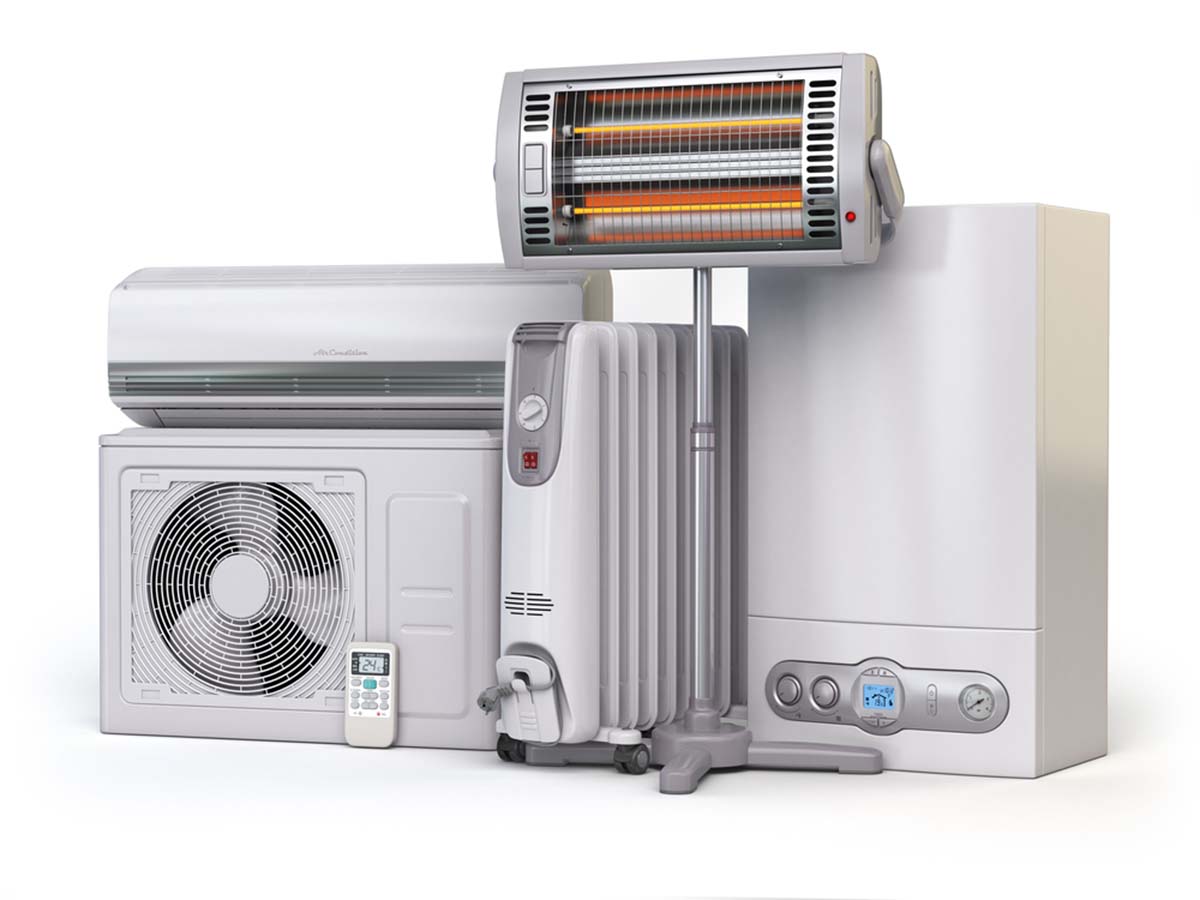
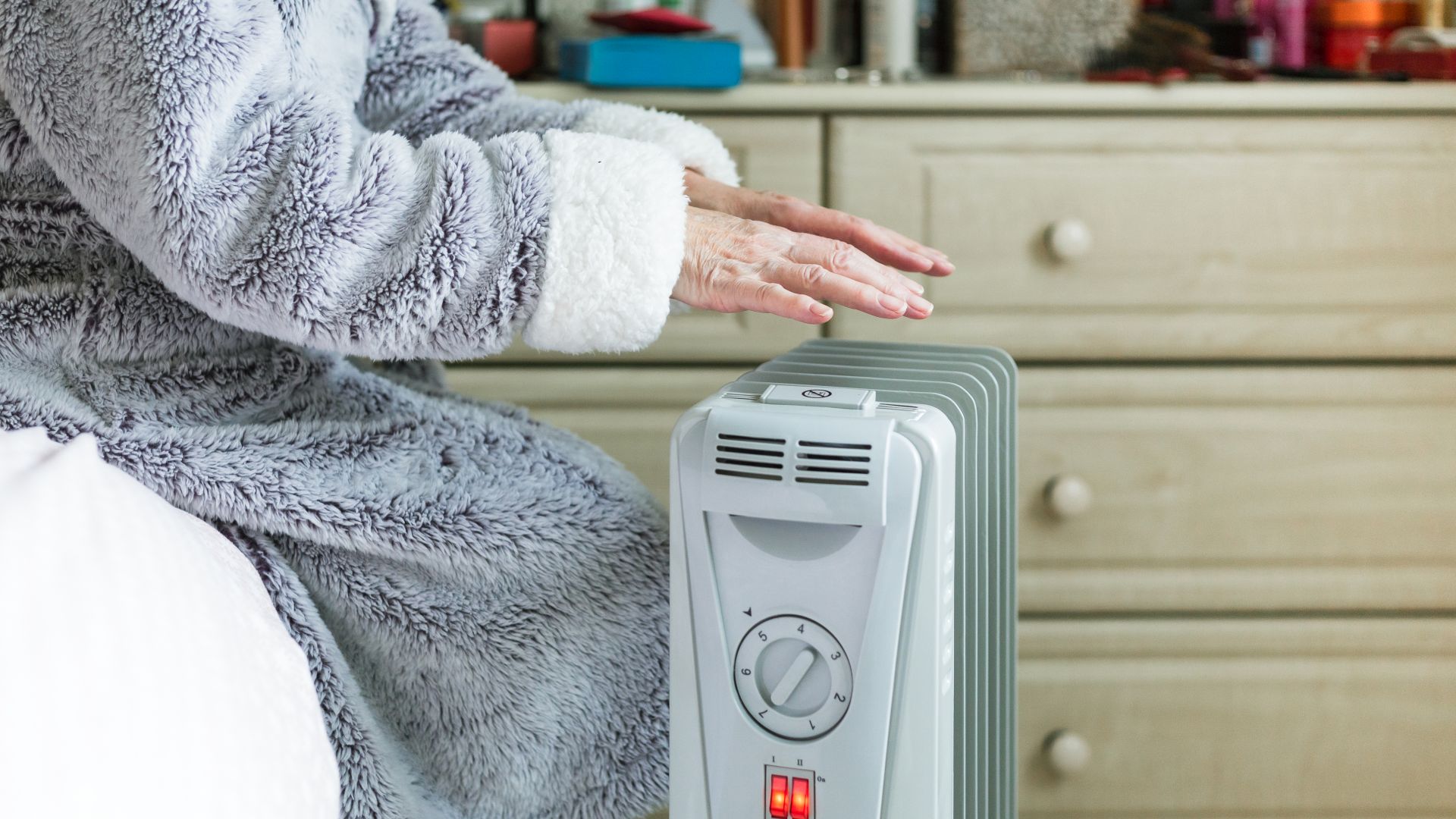
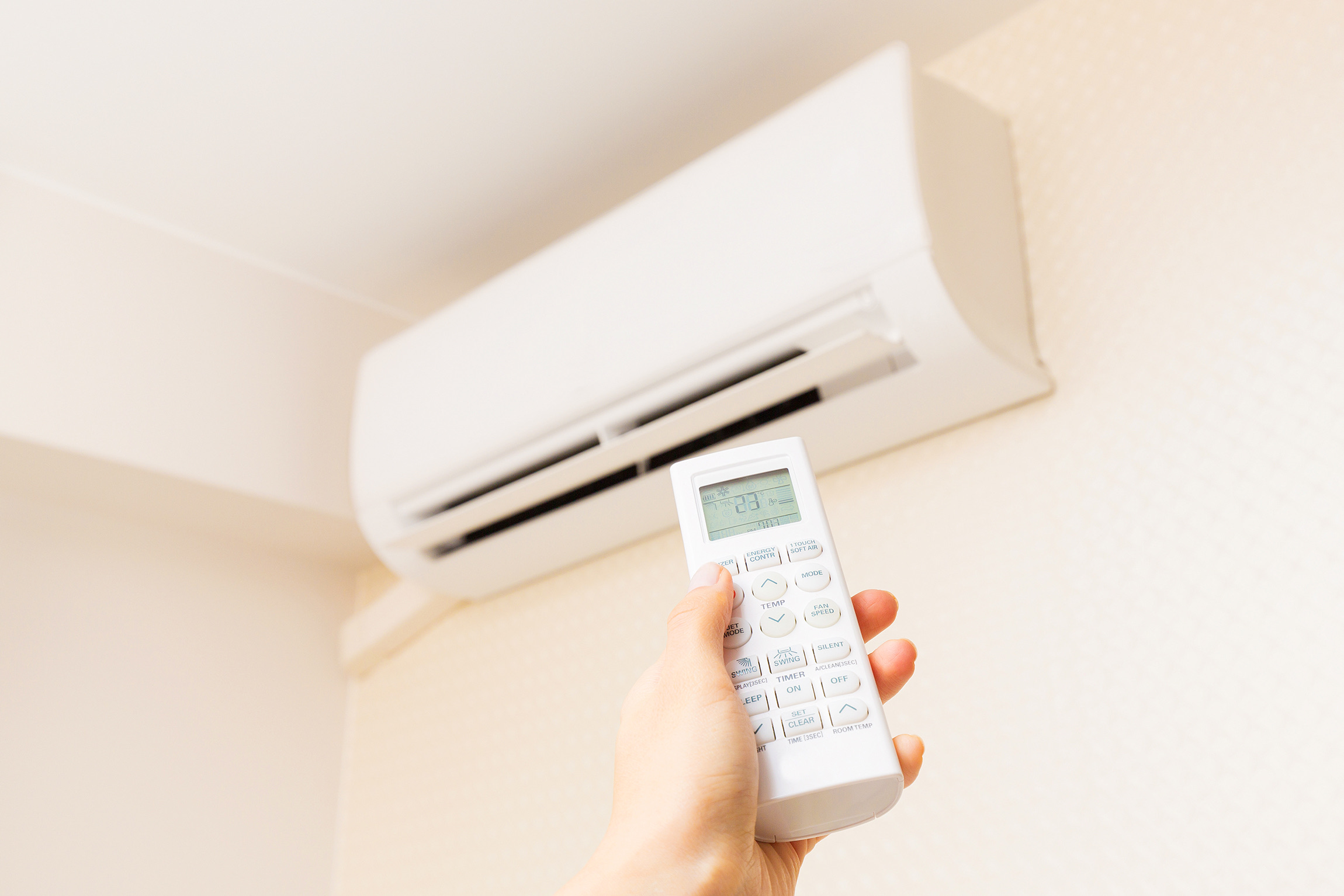
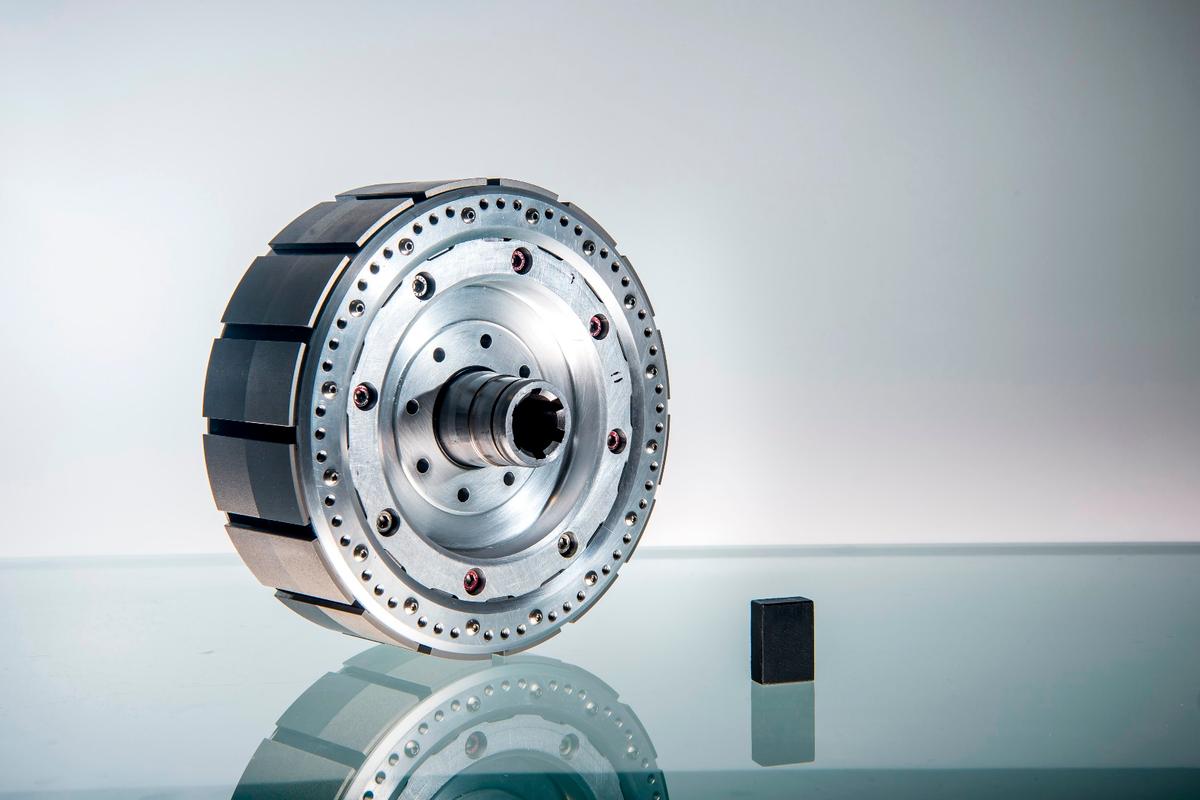
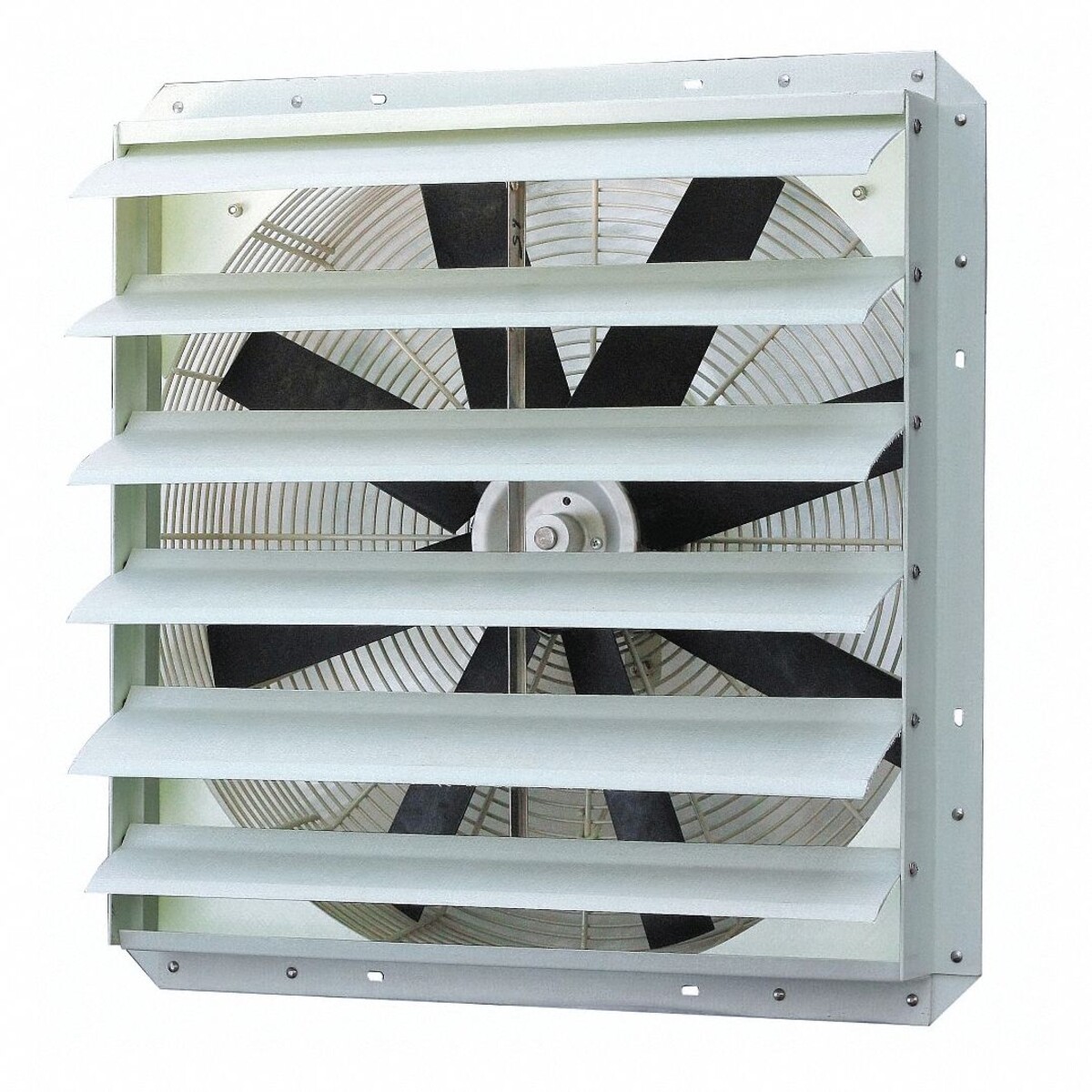

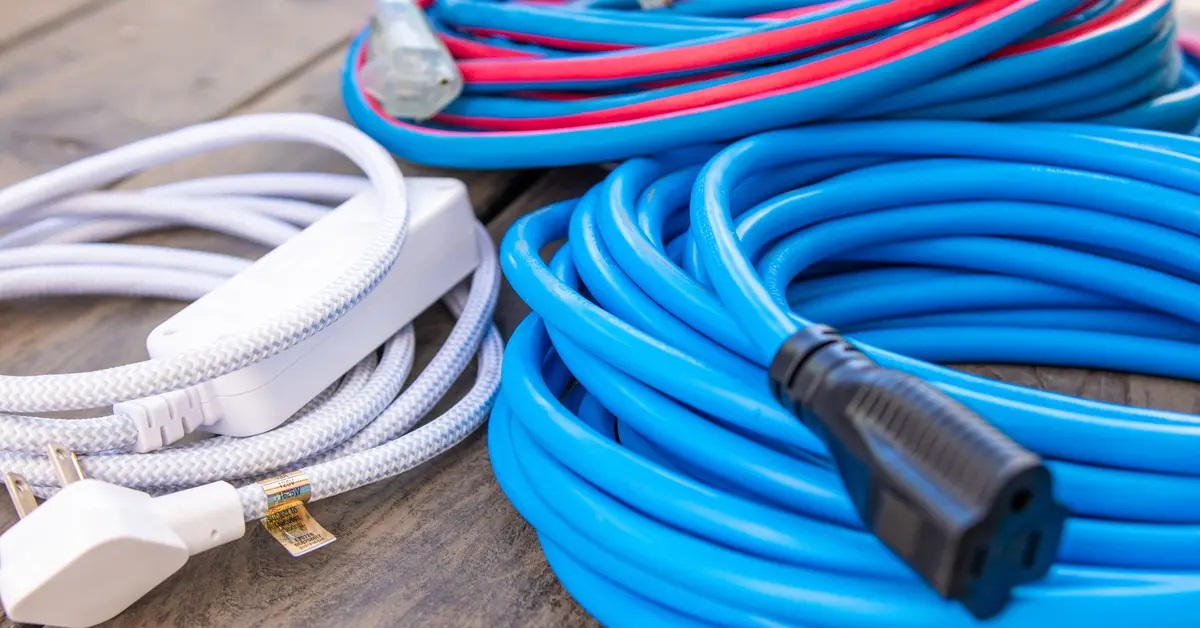
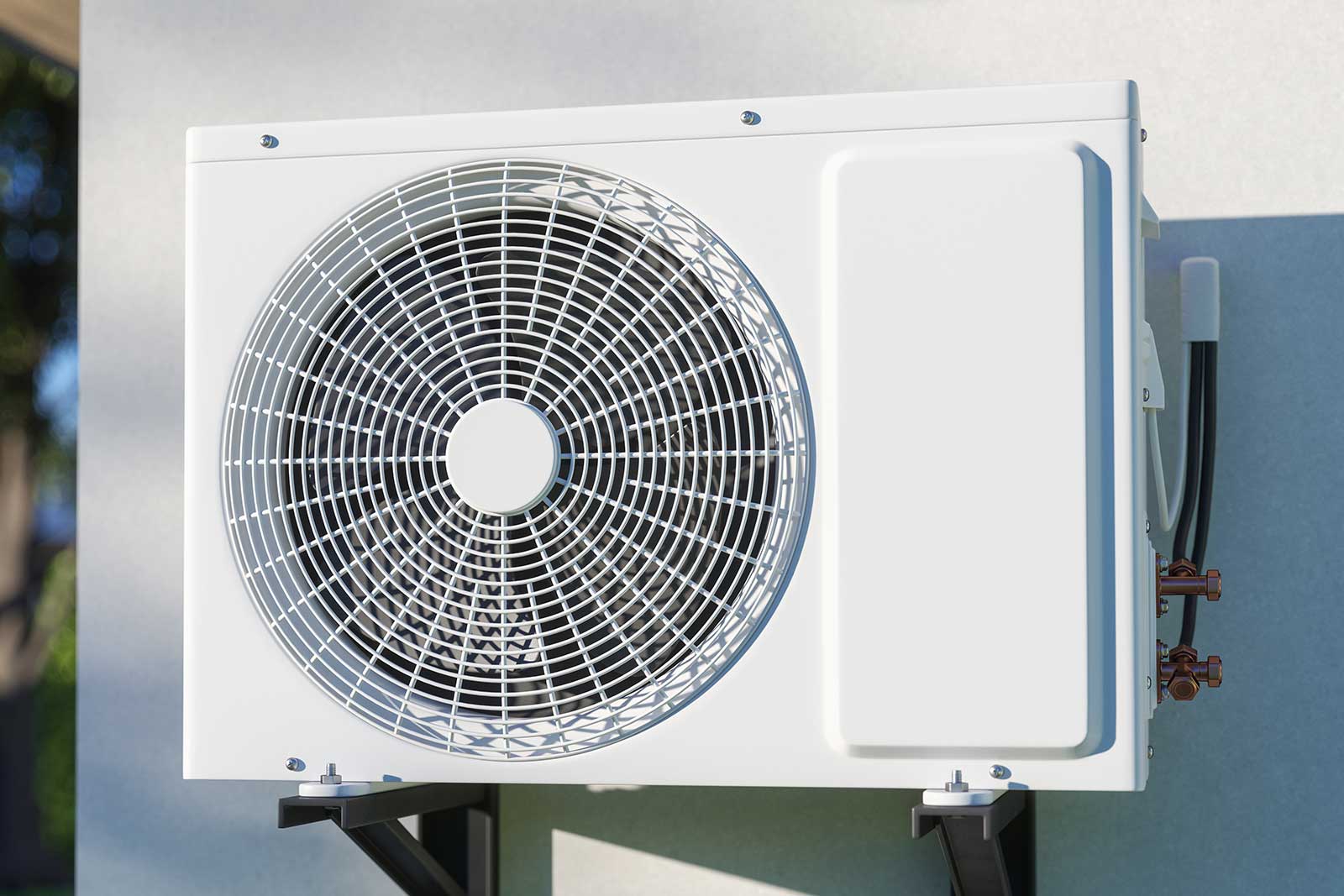
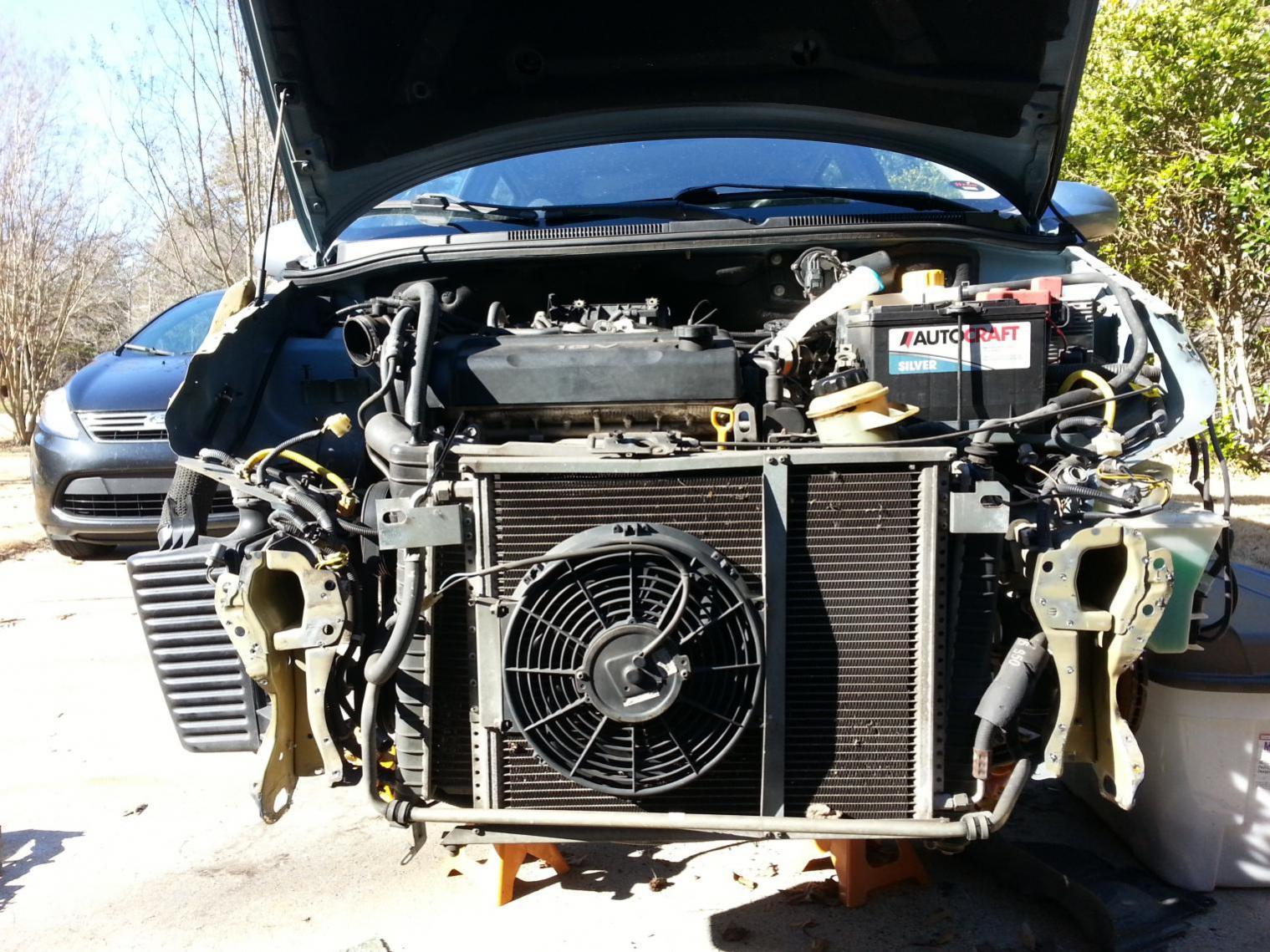
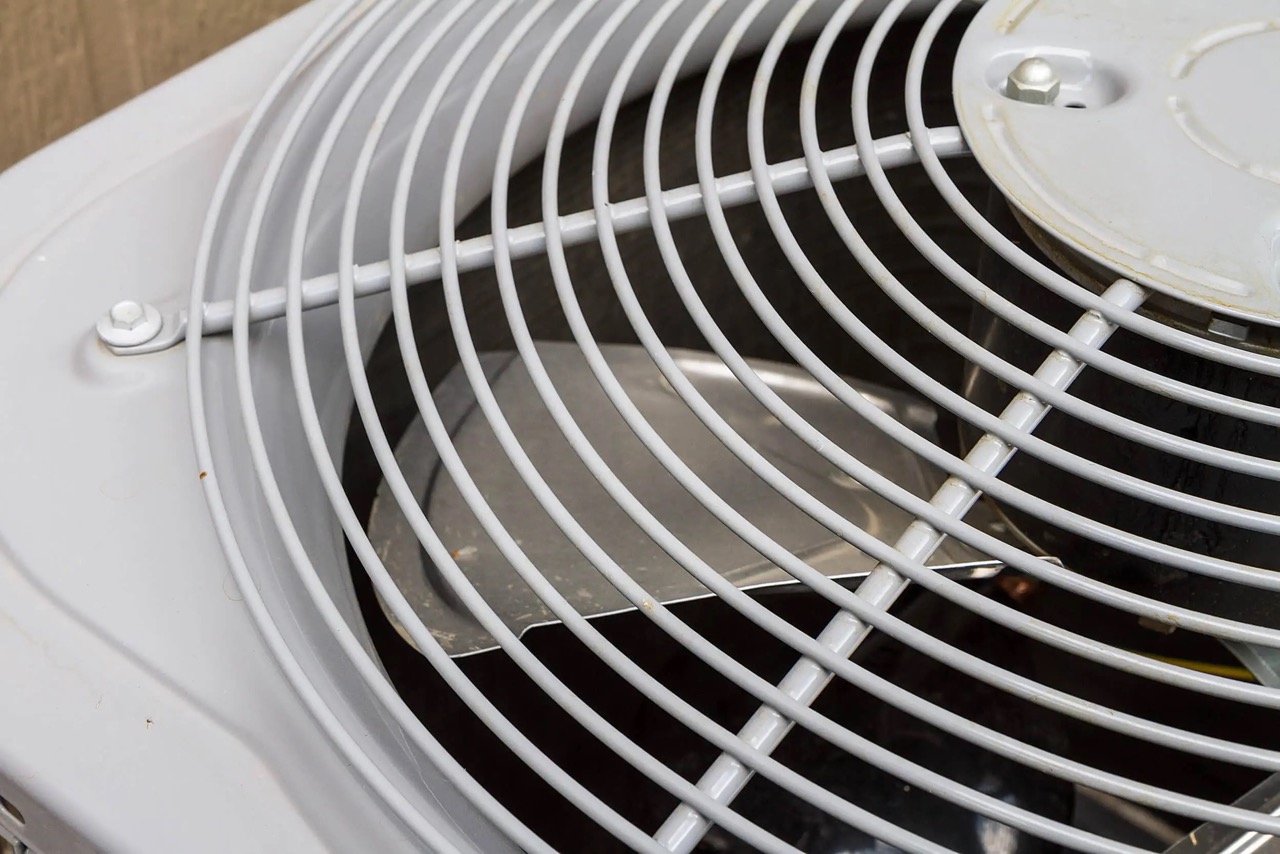
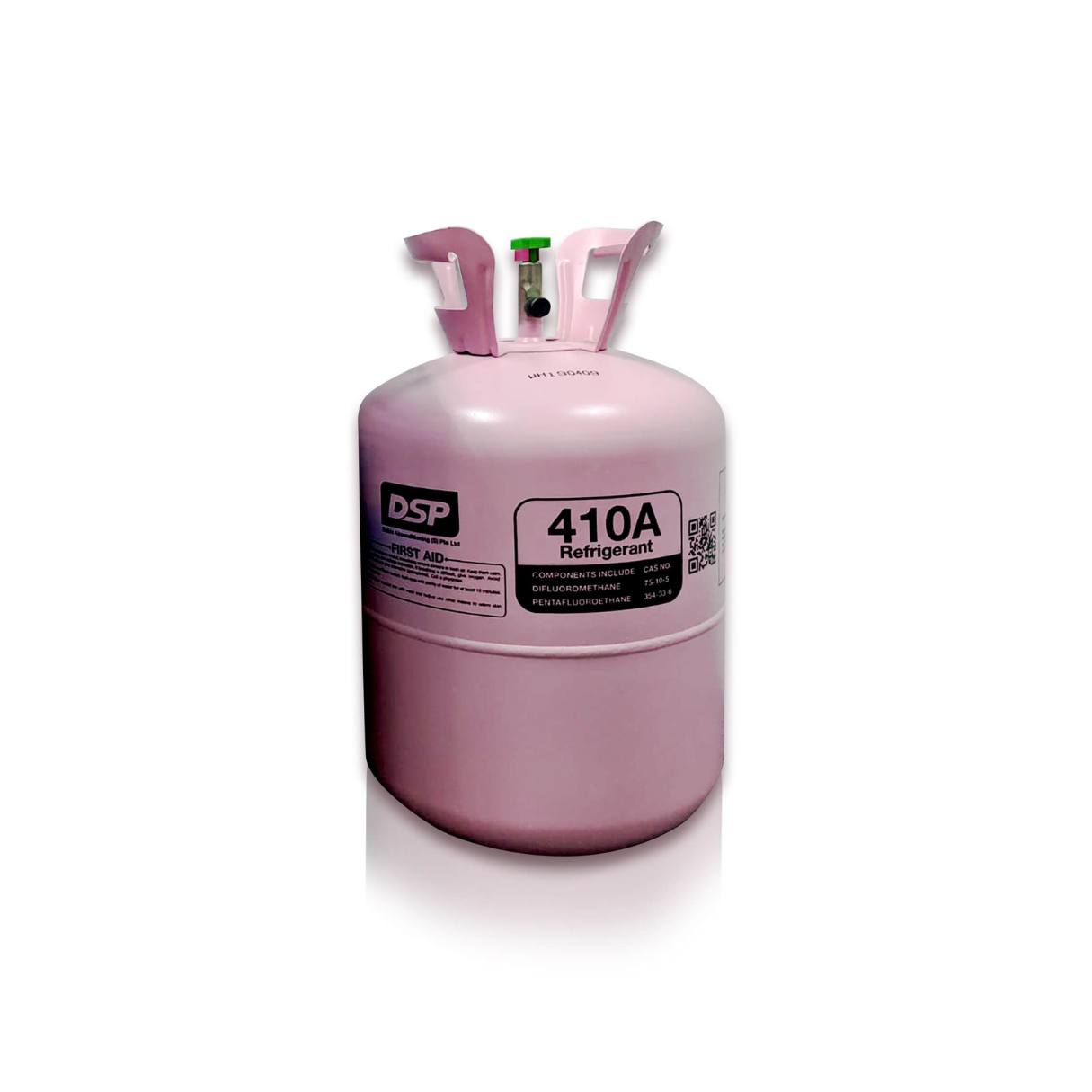
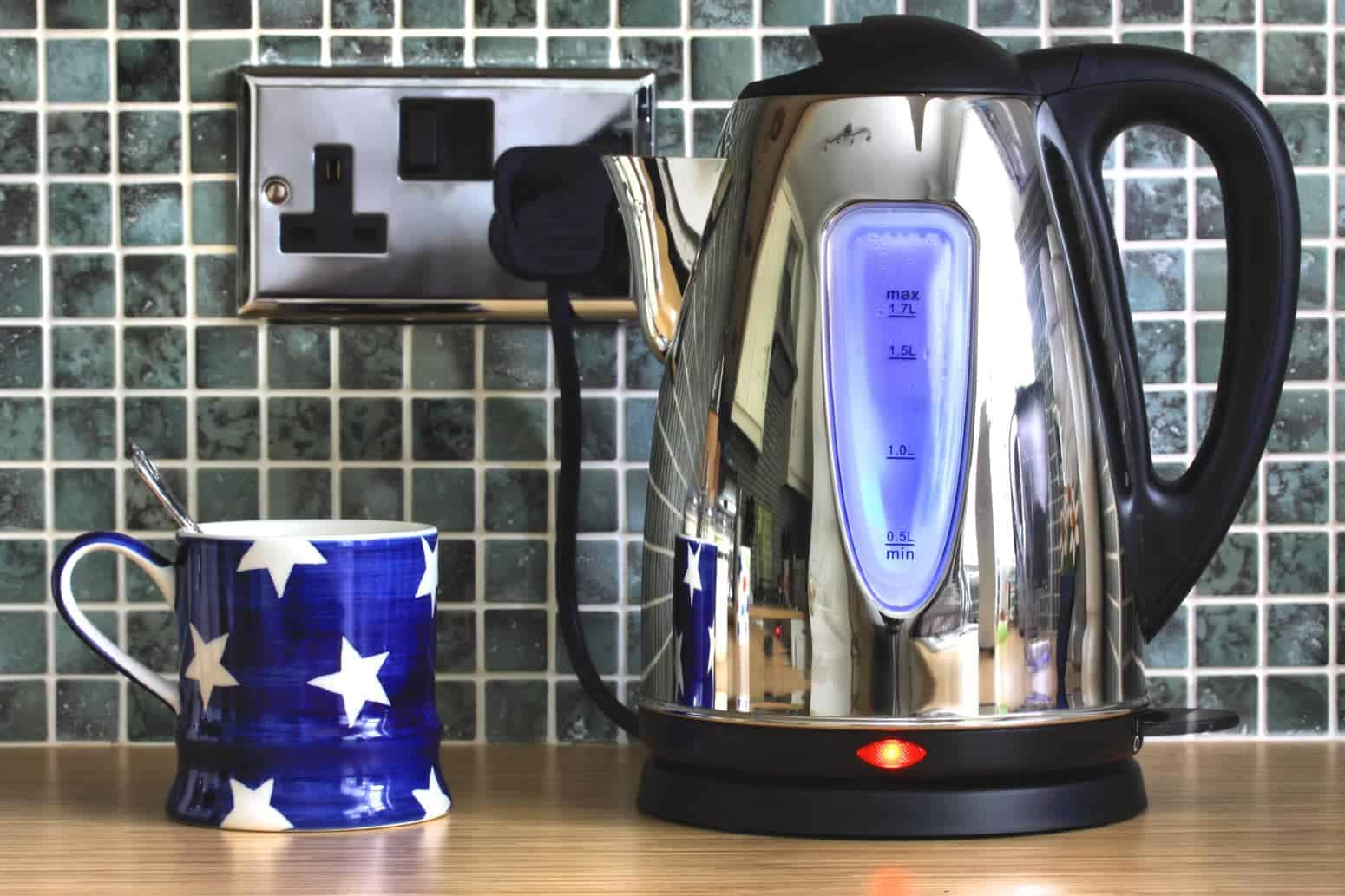
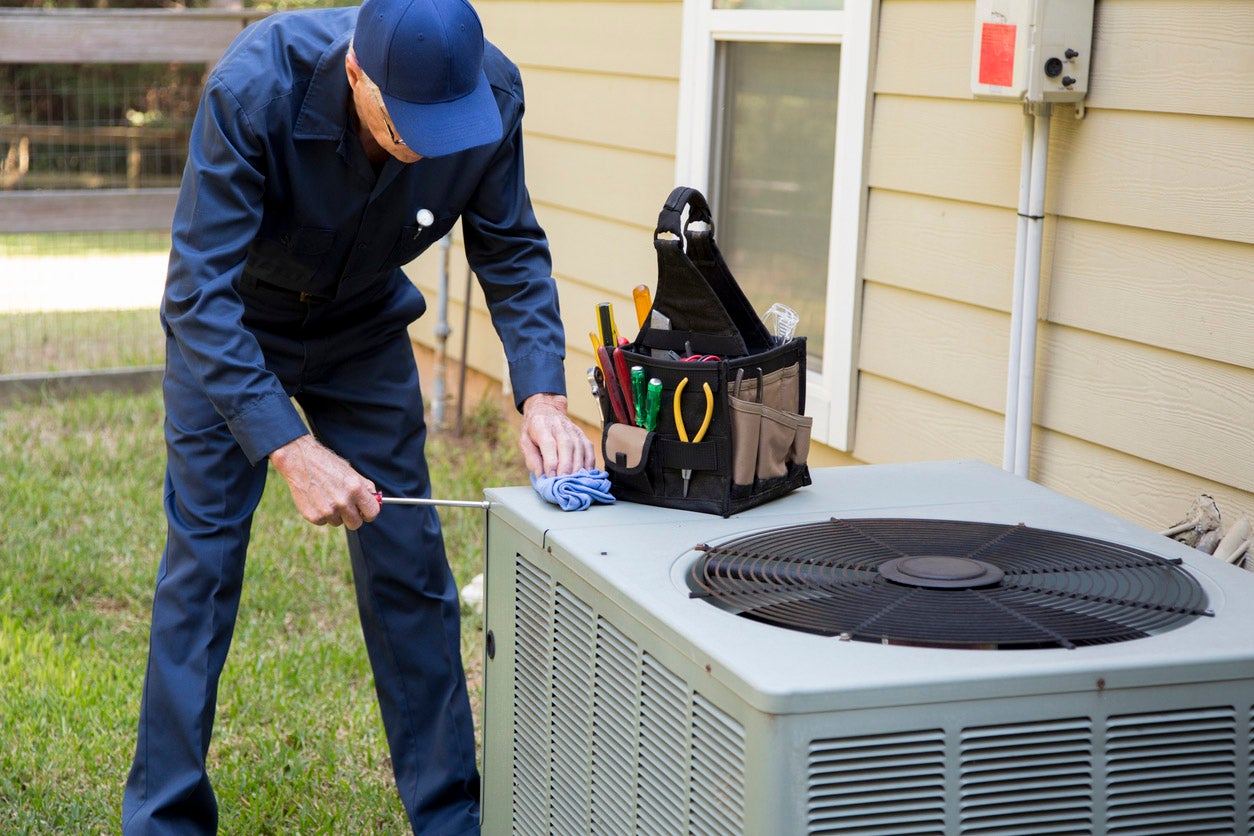
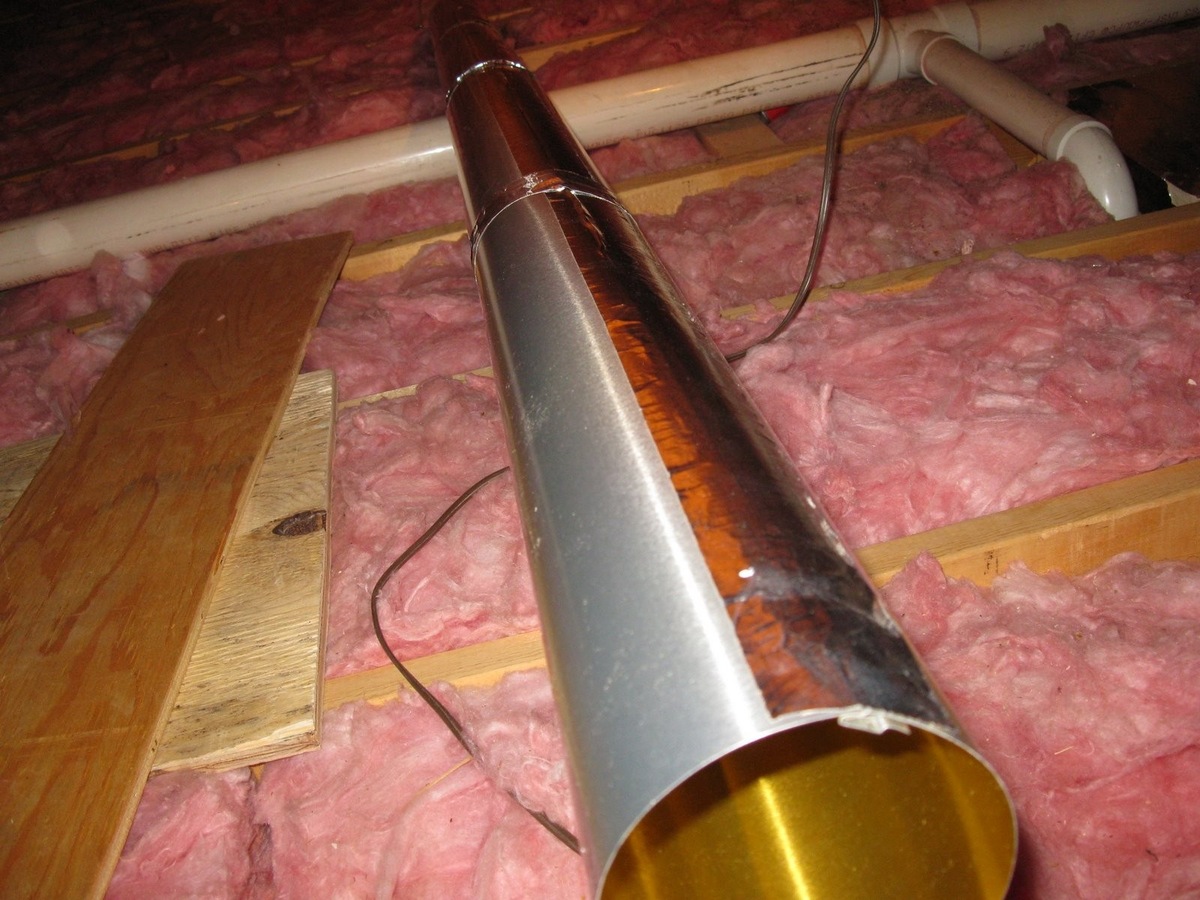

0 thoughts on “What Uses More Electricity AC Or Fan”